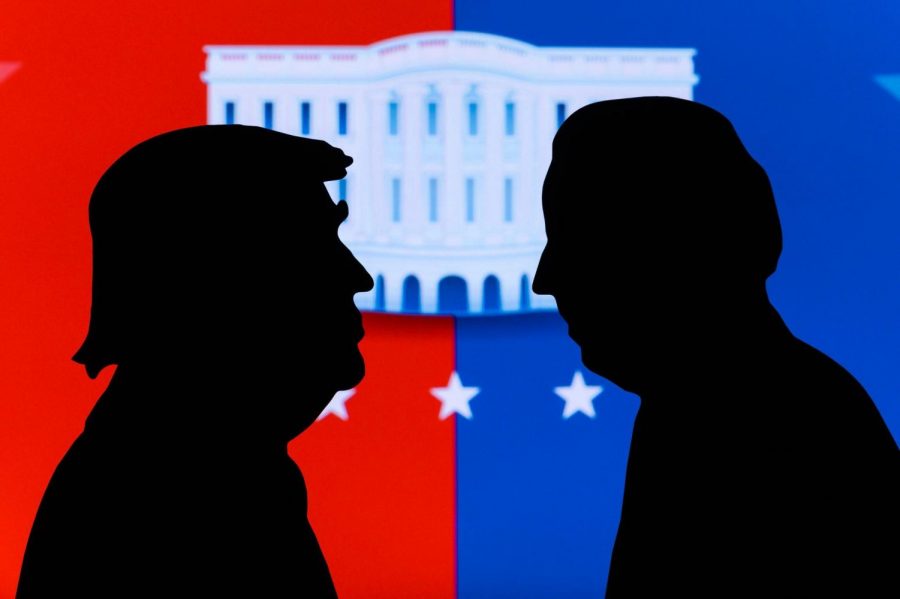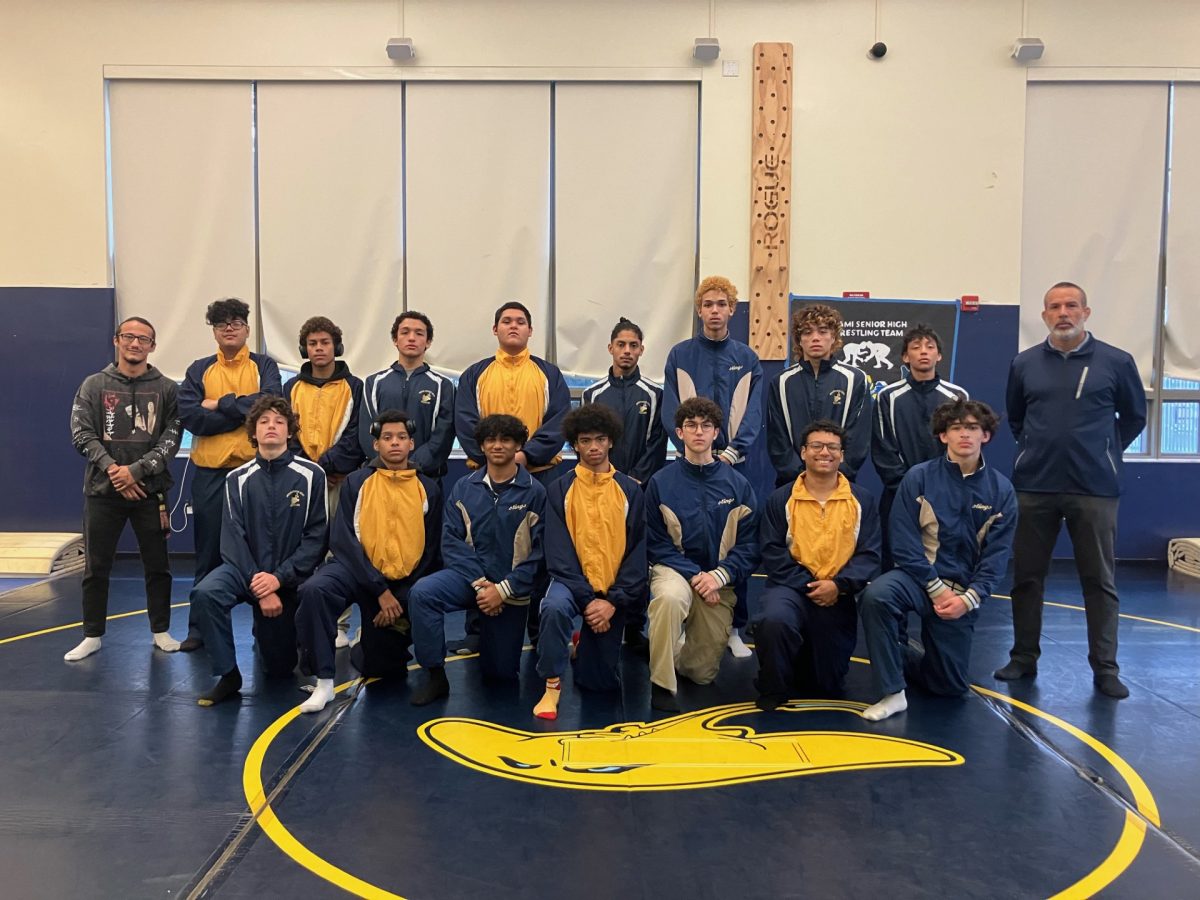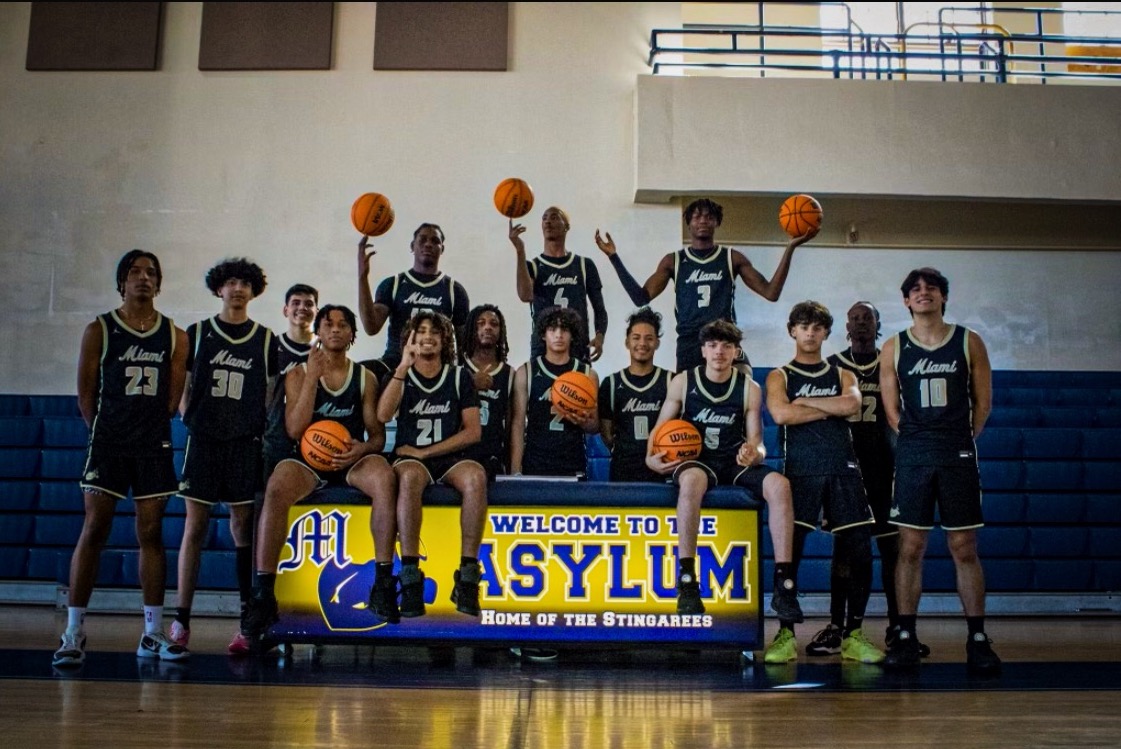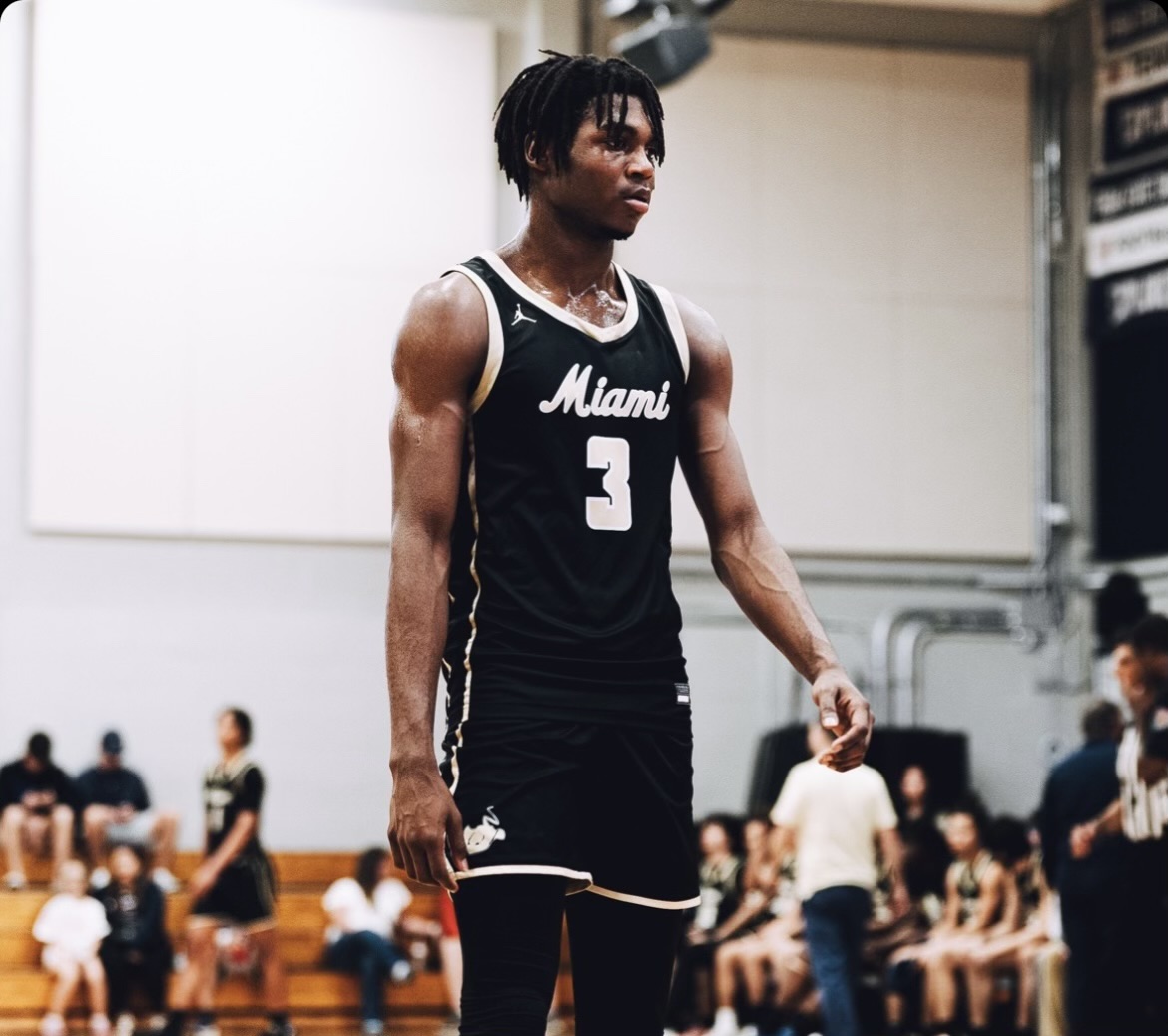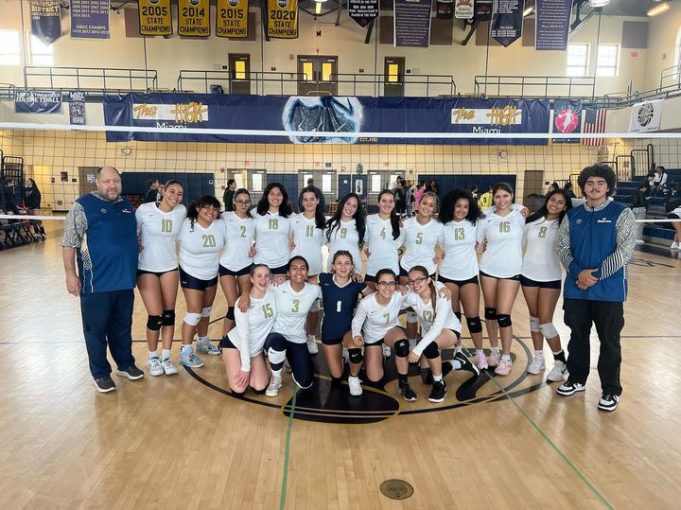Why The Election System Is Broken
This may well be the most decisive election of the decade. (Source: https://www.thegeorgiasun.com/2020/08/17/as-democratic-convention-kicks-off-biden-and-trump-are-neck-and-neck-in-georgia/)
October 29, 2020
For many, if not all of us, we don’t really care about politics. We know about the two players who are in the race for the Oval Office, but we always seem fine on how we vote in our leaders. However, believe it or not, the system in which we vote them in is broken, and it’s been broken for decades, and only now is it beginning to rear its ugly head. Here’s what’s wrong.
WHAT STARTED IT OFF?
To really understand what’s happening, you need to turn back the clock to when the U.S. was in its infancy. In George Washington’s farewell address, he warned against hyper-partisanship, which is essentially that if many political parties formed, it would only divide the country. But, pretty much as soon as he left, political parties began to spring up, between the Democratic-Republicans and the Federalists, along with many other parties that had their fair share of seats in the government, such as the Whig Party.
See, George Washington and later his successor, John Adams, believed that if there were only two political parties that took hold, it would not only polarize the American people, but also mess with the foundation on which the country was founded. Unfortunately, this soon became the new reality. Fast forward to the 1910s, the political spectrum had changed. In the years after the Civil War, the Republicans had been the sole most powerful party in the government, and the Democrats were stuck on the sidelines.
The thing is, that at the time, the political views of both parties were the inverse of what they are today. The Republicans were the more liberal party, and they were popular in almost the entire country. The Democrats on the other hand, were far more conservative and were mostly white supremacists, and they were only really popular in the South.
However, the Democrats came to power again in the election of 1912, with Southern historian and college professor Woodrow Wilson winning the election. But, he only won because the vote had been split between the Republicans, led by President Howard Taft, and the Bull Moose Party, led by ex-president Theodore Roosevelt.
From there onwards, the Democrats would slowly regain influence in national politics, and they would win many more elections by the 1960s, and soon, along with the Republicans, were the two most powerful political parties, with the smaller parties left on the sidelines.
But, it wasn’t much of a problem since both parties acted as if they were actually four parties, split between liberal and conservative Republicans and liberal and conservative Democrats, so people had many options to choose from. But, it was about to change.
Starting in the 1990s, the politicians that had been in power thirty years earlier began to die off or retire, which opened the door for a new generation of politicians entering both parties. However, in contrast to the previous generation, they were far less politically diverse, which caused both parties to lose the diversity that they once had, as the Republicans became solely Conservatives and the Democrats solely Liberals, and this soon became a huge problem for voters.
HOW IT TRANSLATES INTO THIS ELECTION
By the early 2000s, politics had become far more radicalized, which left voters stuck with mostly only two options: the conservative Republicans and liberal Democrats. The political duopoly they’d had for decades began to strangle voters’ options away. Thanks to that, in presidential elections, they only had the choice to choose exclusively between Republican or Democratic candidates.
If both presidential candidates were awful, then the voters were out of luck. They could vote for a smaller party, such as the Libertarian or Green parties. But, again, due to that duopoly, the chances of one of those parties winning elections were dismal, so people mostly didn’t, and still don’t bother voting for them, and end up voting for a candidate for one of the two main parties that they think is slightly better than the opposing one, or simply don’t vote at all.
For example, according to the Washington Post article, “About 100 million people couldn’t be bothered to vote this year”, in the previous 2016 presidential election, about 100 million Americans skipped voting, which is almost a third of the U.S’s population, which was at about 323.1 million people in 2016. This shows clearly that the election system is broken. It is a system in which the American people don’t vote for the candidate that they actually want to lead the country, but for whom they think is the least worst candidate, as seen in every single election since 2000.
It also doesn’t help that most of the members of the U.S. government are aging men, who are increasingly getting out of touch with the rest of the younger American population. This means that in this year’s election, we are left with only two awful candidates to choose from. Biden and Trump both have similar views but have both done very little for the country in the time they were in power.
IS THERE ANY WAY TO FIX THIS?
Like many other things that are broken, there is a way to fix this issue. One way to fix this issue, according to the Vox article, “How much longer can the two-party system hold”, is to re-draw our district maps. A large reason that this problem exists is due to disproportionate maps in each state, which intentionally makes a certain group living in that district have more of a say than another large group.
Knowing this, candidates of both parties mostly only spend their time rallying in districts and states that have large support for them and ignore places where mostly the opposing party is more popular. When smaller parties try to gain support, they are usually squeezed out by the monopoly that each party has in those areas. In a more proportional system, each party would have to at least try to appeal to voters all over the nation and allow smaller parties to have a better chance as well.
The second way to fix this is to simply vote for who you actually want, no matter if it’s from a smaller party or not. If everyone does their part, we will the two-party stranglehold on politics. If we only have two parties that represent an entire country, many people are going to feel left out. Just a couple hundred men from only two parties cannot represent a country with a population of a whopping 331 million people.
We need to adopt a larger, more diverse election and political system like the ones seen in many European countries, such as Germany, Norway, Finland, and in other parts of the world, such as Israel and New Zealand, in which they have about a dozen political parties that represent people from all kinds of the political spectrum.
HOW WILL THIS END?
If I’m being honest, I don’t think that this system is going to change, at least for the next decade or two. I simply can’t see Republicans or Democrats voluntarily allowing new parties to take political control away from them anytime soon. This lack of diversity in both our local and national politics and the two-party political duopoly will continue well into the 2020s.
However, according to “How much longer can the two-party system hold” published by Vox, things are soon to change. Since 1990, support for a third party has been increasing, and right now it stands at 68% of voters. 18% want a party more liberal than the Democrats, 23% want a party more conservative than the Republicans, and 22% want a party that is more centrist and moderate, and personally, that’s where I stand.
Politics these days are far too radical, in which every little thing is politicized, in which the fire is instigated by the Left and fanned by the Right, and the media has a bias toward one or the other, which certainly doesn’t help. It not only messes with the foundation of the very country, but it threatens our very national identity.
If we have more than two parties that divide us in two, this country will have a spot for everyone and choose who they actually want, paving the way for politicians who are actually qualified and able to lead this country. But, change cannot happen if we all stay quiet.
We need to raise our voices as a whole and let those on Capitol Hill know that we want reforms, and stay informed so that we know what is actually going on around us so we can point out all the problems in not just our political system, but also in our immigration, economic, social, and infrastructural systems, and also in our foreign policy, so that they, or their successors, can fix it, and I’ll end on this high note.
Most of us are probably too young to vote, so what can we do?
- Voice your opinion(s) about this online, via social media.
- Try to tell your parents about it before they vote this year.
- Do not blindly follow party lines.
- Try to stay as informed as possible about politics (both local and national).
- Always vote for who you actually want when you turn 18.

